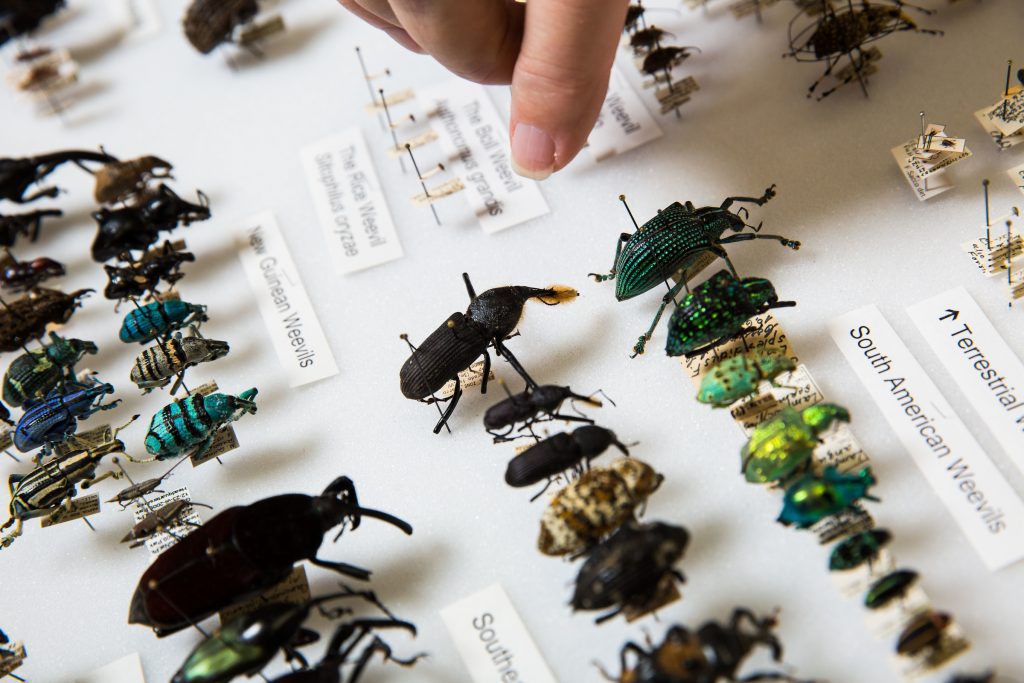
There are endless numbers and varieties of insects and there is much about them that we do not know. Even amateur collectors may make worthwhile contributions to our knowledge of these fascinating little creatures. That is one reason why the collecting of insects is such a gratifying hobby. But that is not the whole story by any means. You have the privilege of seeing your specimens alive, observing when and where each insect is found. You will note, perhaps how it lives and behaves, what it eats, how it grows and changes, how it finds a mate and breeds.
You may notice whether the insect was out in the heat of the day or in the cool of morning or evening, in sun or shade, in a moist or dry location – whether it was lively or sluggish, alone or in a group. If you carry a little notebook for your observations, the stories that go with your specimens will make them more interesting.
What You Will Need

The equipment you will need for collecting depends upon what kinds of insects interest you most and what methods you want to use. You can make a good deal of equipment yourself with help from some competent person such as a biology teacher or from directions in the books listed at the end of this article. A few items will have to be bought from drugstores or biological supply companies.
To collect butterflies and other flying insects you will need a net of light but strong material such as nylon or best-quality mosquito netting. The mesh must be fine enough to prevent the escape of tiny insects but easy to see through. A short, sturdy handle such as a three-foot piece of broomstick, is best for the general collector. Long handles are hard to swing with swiftness and accuracy. The bag is rounded at the bottom, not pointed and it must be deep enough so that when you have captured an insect you can turn the hoop to lie against the side of the net. Your prize will then not be able to get away.
The hoop may be fashioned from #9 wire, such as clothesline wire. An easy way of making the hoop is to straighten out the hook of a sturdy wire coat hanger and to stretch the rest of the hanger from the usual triangular shape to a circular shape. The handle may be a portion of a broomstick or a heavy dowel rod. The wire hoop may be fastened to the handle by wiring the straightened portion of the hanger to the handle. Heavy tape such as friction tape or adhesive tape may be used. The net should be from two to three times as long as the hoop is wide.
The simplest way to fasten the bag to the rim is to place the open mouth of the bag on the inside of the rim with about three inches to turn back over the rim. Turn the net back all the way around, making a slot for the handle. Now sew the doubled-back part of the net to the main part. If you sew it two times around, it will last longer. The rim of the bag which covers the heavy wire hoop will get the hardest wear. To give it longer life, it can be made of heavy muslin or light canvas. The lighter net used to make the bad is then seeded to the muslin of the rim.
Because most insects fly or crawl upward when disturbed, you should generally swing your net sideways and downward. Some kinds dart sideways or drop straight down, however. With experience, you will learn what to expect from the various kinds and how to catch them.



